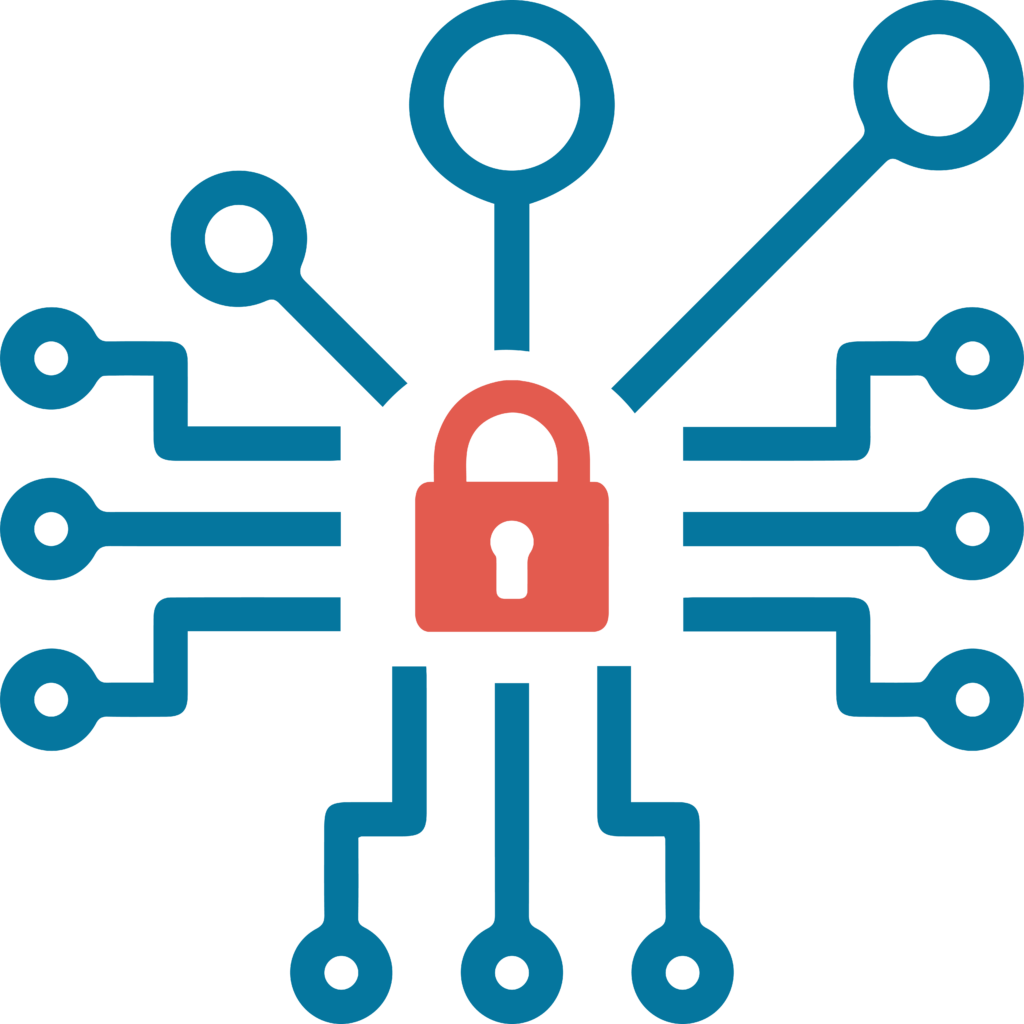Enterprise Challenges Upgrading TLS
Large enterprises with extensive networks of clients and servers have a hard time upgrading to more secure levels of TLS (Transport Layer Security). What are these challenges? Do you recognize yourself here?
Click HERE to see how our products can help you!
Compatibility Issues
Upgrading TLS versions or configurations can lead to compatibility problems with older clients, servers, or third-party integrations. Enterprises often have a mix of new and legacy systems, some of which may not support newer TLS versions without software updates or replacements.

Operational Disruptions
Updating TLS protocols can mean downtime or reduced capacity, which can disrupt business operations. For enterprises with high availability requirements, planning and executing such upgrades without affecting service levels can be particularly challenging.

Security Risks
Ironically, the process of upgrading to more secure TLS protocols itself introduces temporary security vulnerabilities. During the transition, systems may need to support multiple TLS versions, increasing the complexity of configurations and the potential for misconfiguration. Attackers may exploit these transitional periods, targeting less secure protocols still in use.

Regulatory and Compliance Issues
Enterprises often have strict regulatory and compliance frameworks that dictate how and when security upgrades must be implemented. Navigating these requirements, ensuring that all upgrades comply with relevant standards (such as PCI DSS for payment systems), and then documenting compliance can add layers of complexity to the upgrade process.

Scalability and Management
Managing the upgrade across thousands of servers and clients, each possibly with different roles, configurations, and operating systems, is a massive undertaking. It requires a coordinated effort across multiple departments and, often, external vendors.


